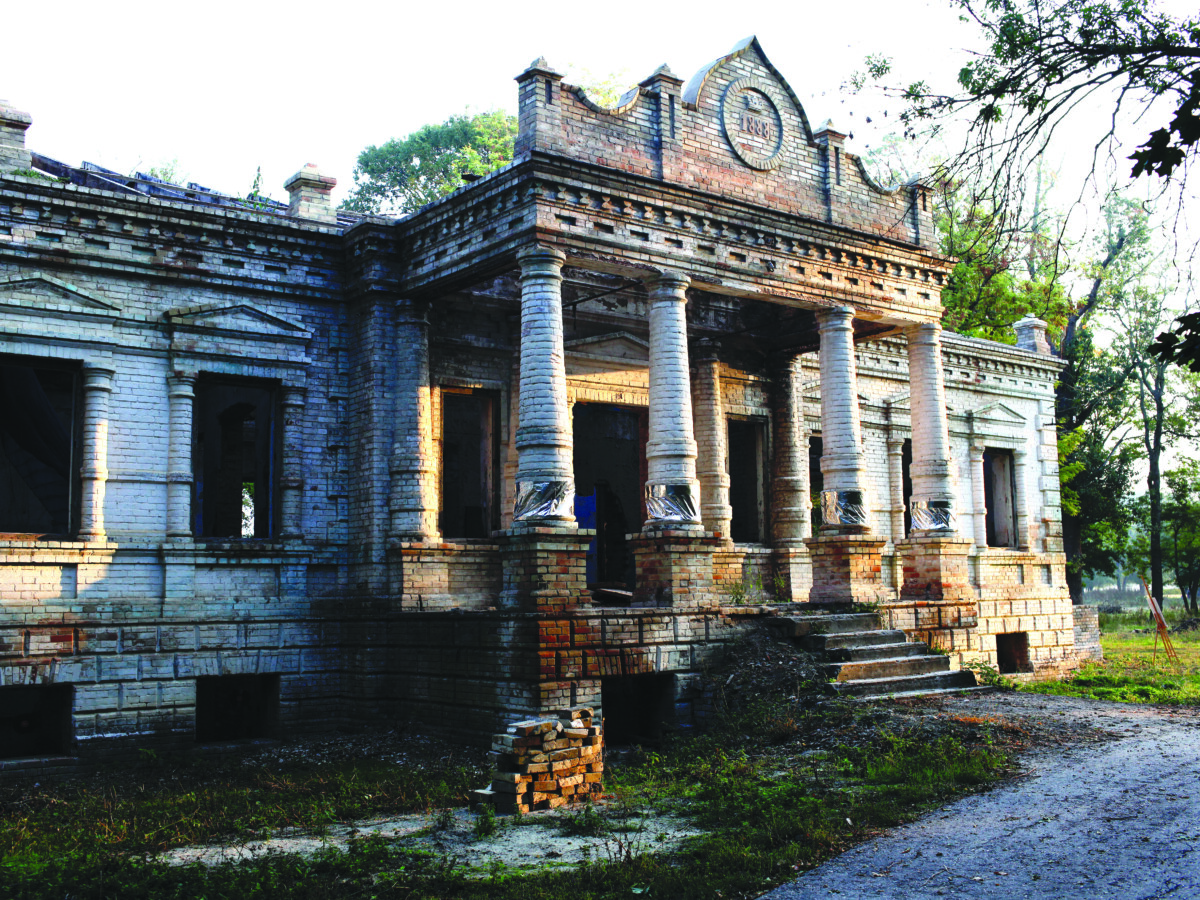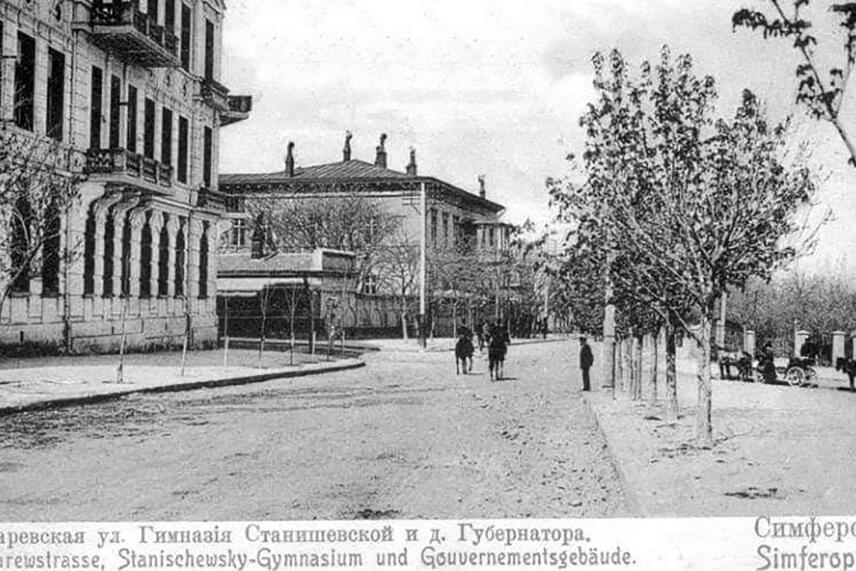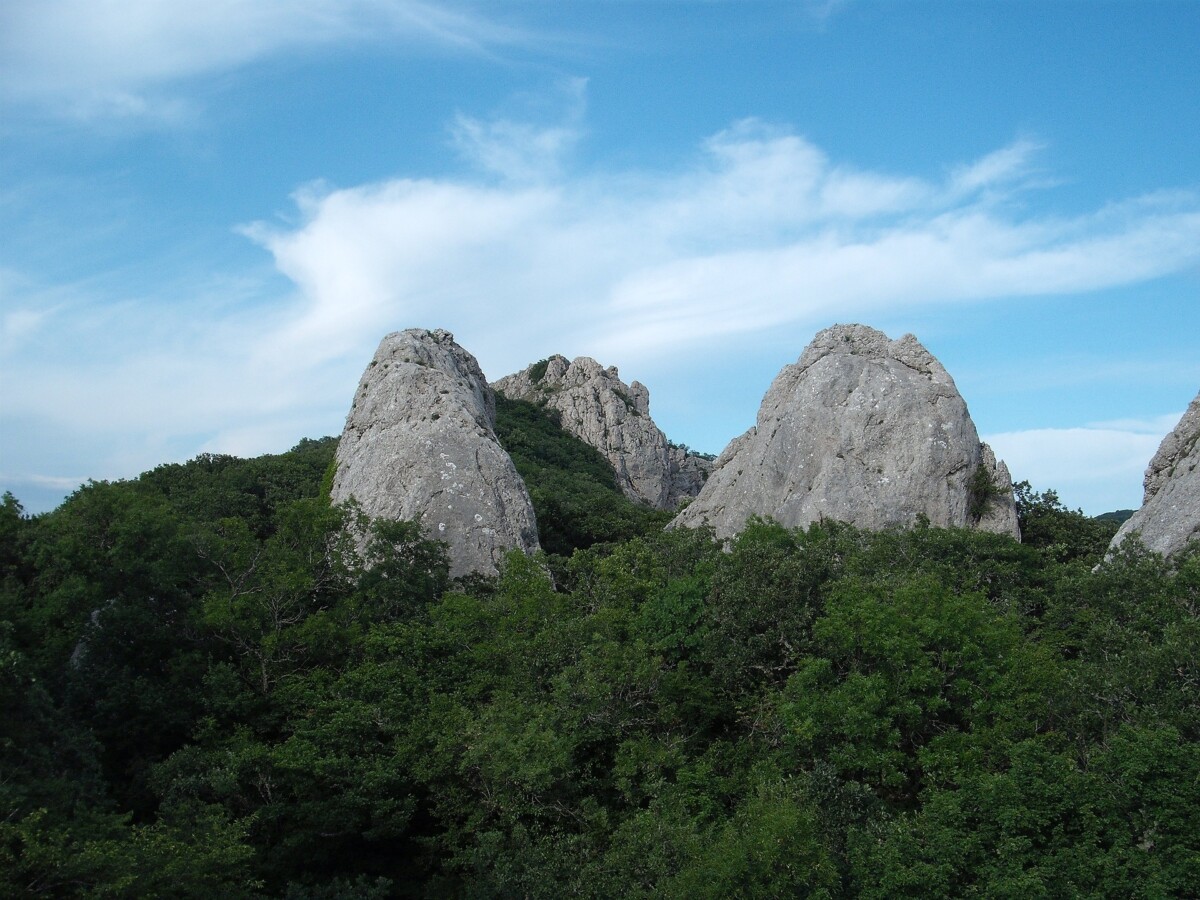The Crimean War of 1854 is a sore trial, which our Homeland passed through. Having entered the war, the Russian Empire barely put itself on the edge of crisis and only thanks to herculean efforts of its army, navy and diplomacy, the country could solve the situation minimal losses. Sevastopol, whose heroic defense turned to be decisive factor, was in the middle of events.
Main Instigator
Sometimes, the causes of the Crimean War are attributed to the “oriental issue”. But it’s improperly to say like that. Britain was traditionally used to consider all things it did to be right without respecting other opinions. The war was an opportunity for Britain to prevent the Russian expansion to South-East Europe due to the partition of Turkey. This would break the hegemony of the United Kingdom on the trading routes from South-East Asia, especially from India. England became the main instigator and made an alliance with its major European opponent France, as Britain needed the French state to be used as a counterweight to rising Russia. In doing so, future protagonists knew perfectly well that Russians wouldn’t conclude any agreements if those treaties weren’t equitable for everybody.
Two years before the first shot was fired, the French envoy to Munich Reizen warned the Ministry of Foreign Affairs of France about that: “I know the East and assert that Russia won’t relent. It’s a matter of life and death for Russia; Paris mustn’t forget that, if its authorities don’t want to drive the situation to extremes”.
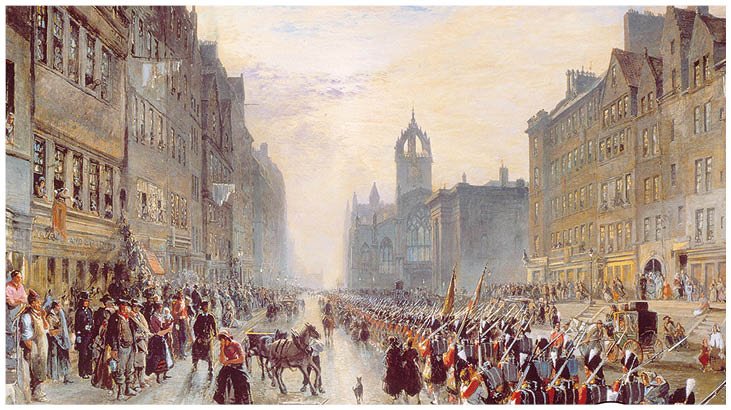
Everyone has his own interest
However, there were tensions between Russia’s enemies. That conflict provided emperor Napoleon III with an opportunity to restore dignity of France after Napoleon Bonaparte’s defeat. Traditionally, France aspired to reduce the English influence in the Ottoman Empire. The expedition of Napoleon to Egypt in 1799 possessed right such a goal. Nevertheless, with the rise of a new actor, which was Russia, on the historical apron stage, the French policy was more frequently aimed at resisting to our country. In addition to that, Turkey that usually stayed on the periphery of immediate French interests, it played the role of the tool in the fight against Russia in some cases.
Both sides strategically sought not to let Russia strengthen its positions in the Balkans and Middle East, intending to deprive our country of the opportunity to have a decisive impact on the European events. For instance, the Kingdom of Sardinia or Piedmont took part in the war on the allied side later, hoping that the allies would facilitate in the reunification of Italy and going out of control of Austria. And the kingdom was the player, who got all it wanted.
Russia also had its own goals that consisted of gaining a free passage through the Black Sea straits for its navy. Our country claimed the role of the patron of all the Christian nations wishing to be liberated from the Turkish influence. The religious dissensions that were brewing up since 1840 became a nominal pretext to the war, but those disputes shouldn’t be considered as the real reason. “We needn’t to associate the causes of the war with the tomb of Jesus, who preached peace”, — Adjutant general Eduard Ivanovich Tottleben told in that regard.
The Crimean War showed distinctive internal contradictions of the development of Russia and new phase of modernization of the Empire was heavily caused by the moral jolt in the society that was resulted from losing the conflict. According to one of the participants of the war, it “caused the great material damage on Russia, but at the same time the war became the major source of Russia’s mental economic recovery”.
In the gentlemen’s company
The paradox of the Crimean War is based on the exasperation that is typical for any human massacre, but without satanic hatred. The belligerents tried to respect the bounds of decency, though without special obligations to each other. We may say that it was implemented at the officer glove-in handshake level. The Englishmen followed that line because of the principles of the “gentlemen’s behavior”, which were brought to a cult under Queen Victoria. The Frenchmen kept the rule, as they respected Russians for their gentlehood they showed in Paris in 1814. As for Turks, such sentiments were alien to them, but being a part of the gentlemen’s company, Turks had to respect some bounds of decency or at least pretended that they did keep those rules.
Talking about Russians, though our people can be fierce and relentless in combat, but they feel mercy and compassion to defeated enemy.
Another paradox of the Eastern (Crimean) War lies in that fact that having spread at the several theatres of war operations, but it was named only after the one of them. Traditionally, any war consists of military campaigns what means a complex of operations. In the case of the Crimean War, it included the Danube, Baltic, Crimean, Caucasian, Azov, Arctic, Pacific and Central Asian campaigns. The Crimean military campaign became the major one, as the fate of all the war was decided right there. The armies of all the belligerent states clashed in the battle exactly in that region, as well as the biggest and bloodiest showdowns happened here. The outcomes of the Crimean military campaign precisely determined the geopolitical and political and military outcomes of the whole Eastern War.
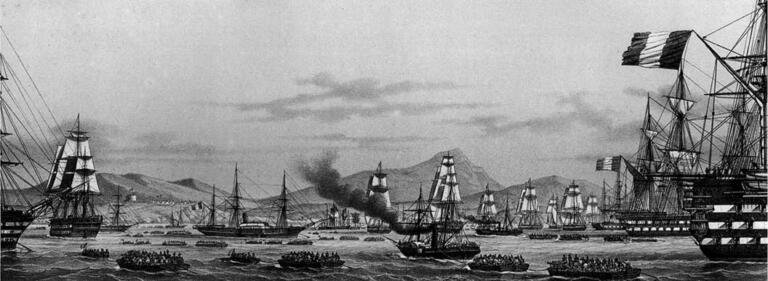
Not to repeat the mistakes
Historians paid their attention to the Crimean War too. You can find any kind of information materials: scientific studies, wartime memoirs, belles-letters, poetical works, paintings and even several films.
The first blood was spilled during the Battle of the Alma River on 8 (20) September 1854. It was the first combat of the Crimean War between the troops of the coalition of the United Kingdom, France and Turkey on one side and Russia on the other side. It decided not only a further course of the war, but the final outcome of the whole Crimean military campaign (1854-1856) and Eastern War (1853-1856).
Then why should we remember and research the Crimean War? Why do we start digging in its intricacies, tragedies, rivers of blood and piles of torn human bodies? Unfortunately, but it must be done. The events that are considered to be a tragedy, misery and horror for certain people and the job for others, who are paid by their countries. 8 (20) September 1854 was a working day almost for 100 thousand generals, officers and soldiers of four countries. Today, we can only analyze, study and summarize their experience to avoid repeating the mistakes in future.
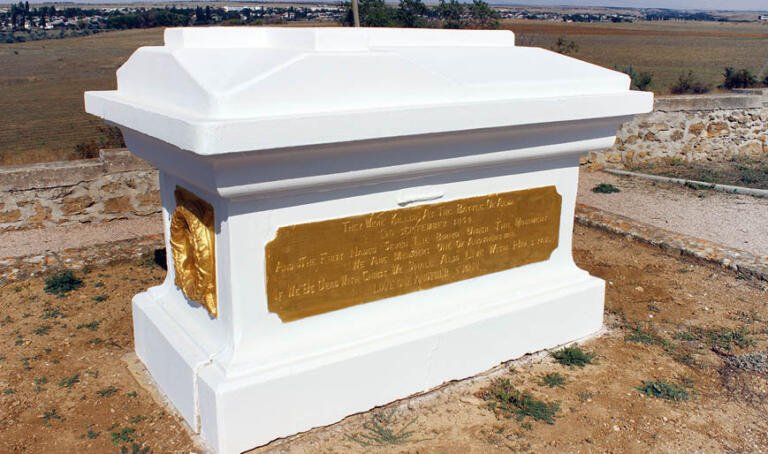
Reflected in monuments and fashion
The bloody combat of Alma immortalized the name of that unknown Crimean river and made it famous throughout the world. The name of the river is written on the monuments of England and France. There is the Guards Crimean War Memorial in five minute walk from Trafalgar Square and three minute walk from Picadilly Street. The monument was built in 1859 on the funds raised through subscription. There are three bronze sculptures on the granite pedestal: grenadier, fusilier and guardsman. The artillery pieces on its plinth are the real ones. These are trophies taken from Sevastopol in 1856. The proud name “Crimea” and names of battlefields, where the English army took part in Crimea: Inkerman, Balaklava, Sebastopol, Alma are written on the monument…
There is Alma Bridge and Alma Square in Paris. The “Alma” asteroid 390, which was discovered by a French astronomer Guillaume Bigourdan in Paris in 1894, was named in honor of the Alma River.
The combat even marked its presence in the fashion world. The color of “alma” that was similar to one of the shades of red color of English infantrymen’s uniform was popular among European stylishly-dressed women after the Crimean War. In 1902, the memorial was raised on the former battlefield, where historical landscaped and military cemetery with Russian and English soldiers buried-in preserved. A large obelisk is the main Russian monument on the site of the combat.


